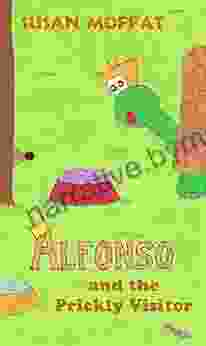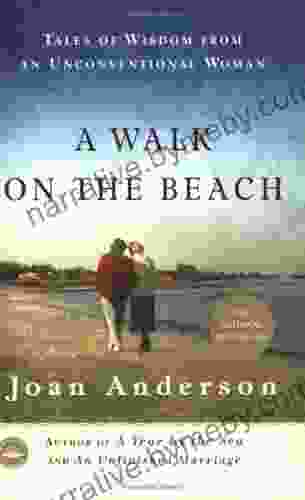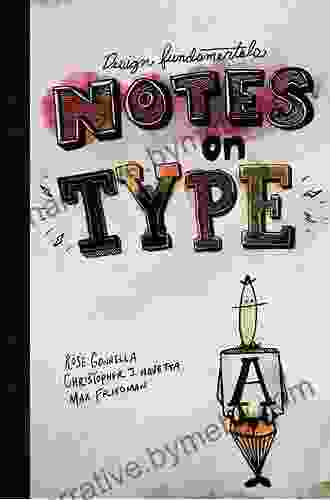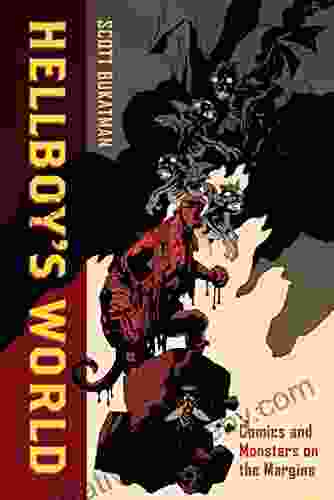How We Got to Now: A Journey Through the Surprising History of Human Innovations

In his captivating book, "How We Got to Now: Six Innovations That Made the Modern World," Steven Johnson embarks on an enthralling journey through the history of human ingenuity. Delving deep into the origins and evolution of seemingly mundane yet transformative technologies, Johnson paints a vivid picture of how a series of seemingly unrelated innovations laid the foundation for the interconnected world we live in today.
Glass: From Sand to Civilization
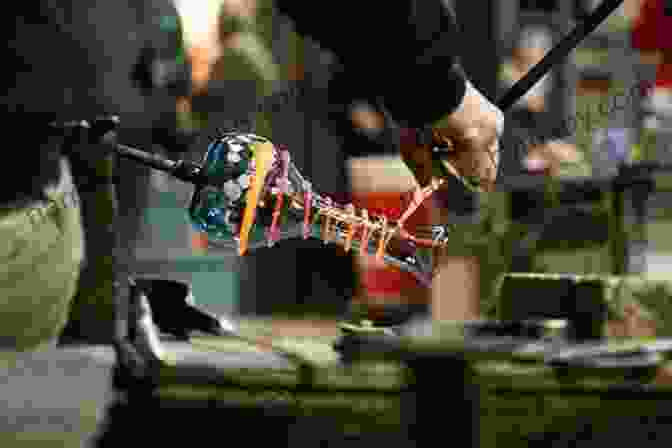
4.6 out of 5
| Language | : | English |
| File size | : | 45013 KB |
| Text-to-Speech | : | Enabled |
| Screen Reader | : | Supported |
| Enhanced typesetting | : | Enabled |
| Word Wise | : | Enabled |
| Print length | : | 302 pages |
Johnson begins by tracing the remarkable history of glass, a material that has played a pivotal role in shaping human civilization. From its humble origins in ancient Egypt, where artisans transformed molten sand into shimmering vessels, to its widespread use in optics and scientific instruments, glass emerged as a catalyst for knowledge and discovery. By enabling the creation of lenses, telescopes, and microscopes, glass expanded our understanding of the world, paving the way for scientific advancements that would shape the course of history.
Clocks: Time Unraveled
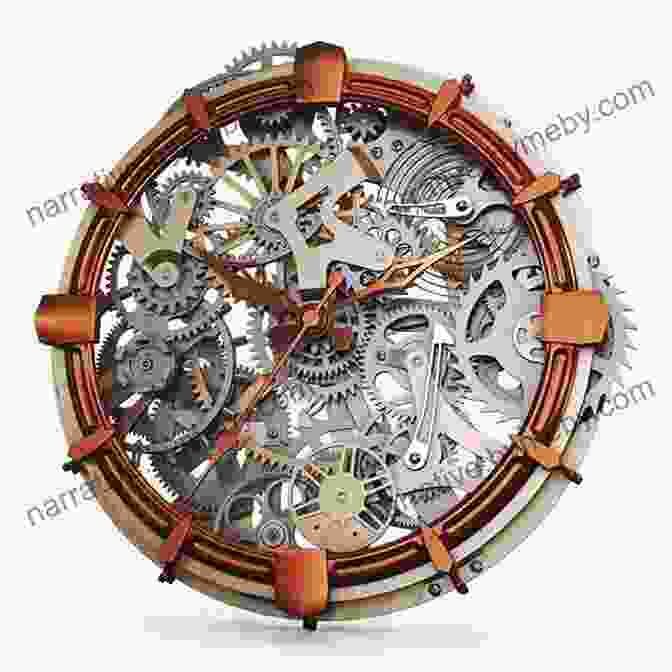
Moving forward in time, Johnson examines the profound impact of clocks on human society. Before the advent of reliable timekeeping devices, life was governed by the rhythms of nature. The development of accurate clocks, first mechanical and then atomic, revolutionized our perception of time, enabling precise scheduling, coordinated actions, and the rise of industrialized societies. Clocks became the heartbeat of modern life, synchronizing activities, and fostering a sense of urgency that continues to define our world.
Steam Engines: Powering the Industrial Revolution
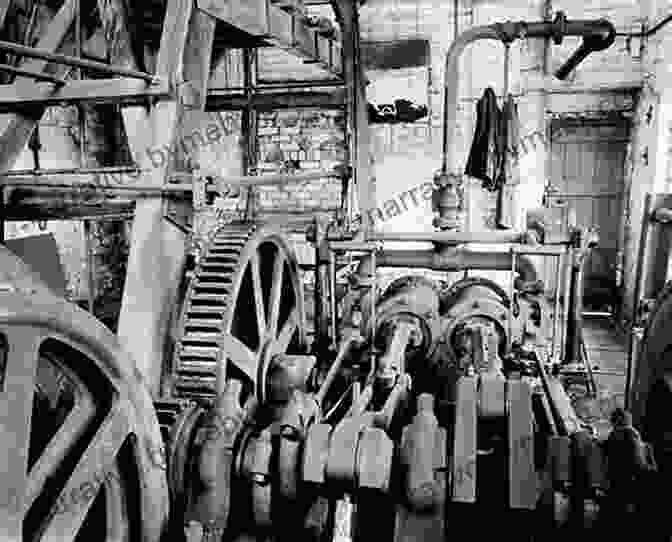
The steam engine, a device that harnessed the power of steam to perform work, played a pivotal role in fueling the Industrial Revolution. Johnson delves into the ingenious minds that conceived and refined this technology, demonstrating how it transformed industries, transportation, and everyday life. Steam engines powered factories, ships, and trains, enabling mass production, expanding trade, and connecting distant lands. This innovation laid the foundation for the modern technological landscape, shaping the world as we know it.
Electricity: Illuminating the Modern World
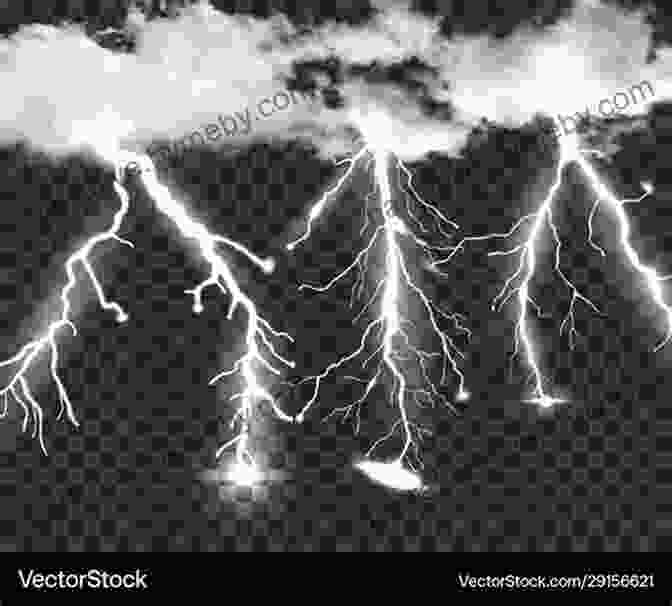
Electricity, the flow of electrons, has had an unparalleled impact on human history. Johnson chronicles the inspiring stories of the pioneers who unlocked the secrets of electricity, leading to the development of lighting, communication systems, and countless other modern conveniences. Electricity has transformed our homes, revolutionized industrial processes, and made possible rapid global communication. Its transformative power has shaped the infrastructure of our world and continues to drive technological advancements today.
Computers: The Digital Revolution
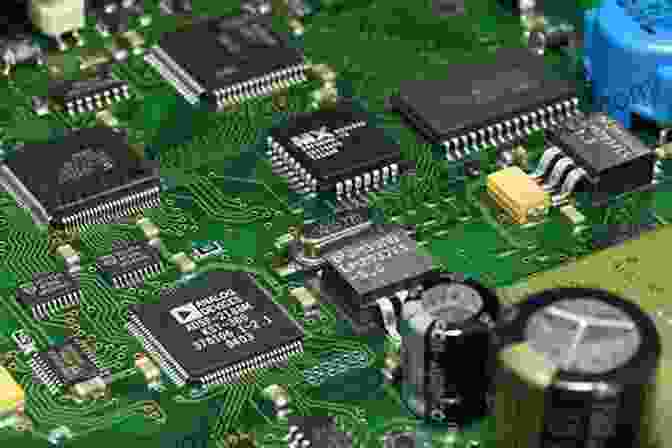
Computers, the culmination of centuries of technological progress, have ushered in a new era of digital transformation. Johnson explores the birth of computer science, tracing the evolution of these versatile machines from their humble beginnings to their ubiquitous presence in modern society. Computers have revolutionized the way we communicate, access information, and conduct business, forever altering our personal and professional lives. Their impact is still unfolding, shaping the future of innovation and redefining the limits of human potential.
Gene Editing: Unlocking the Secrets of Life
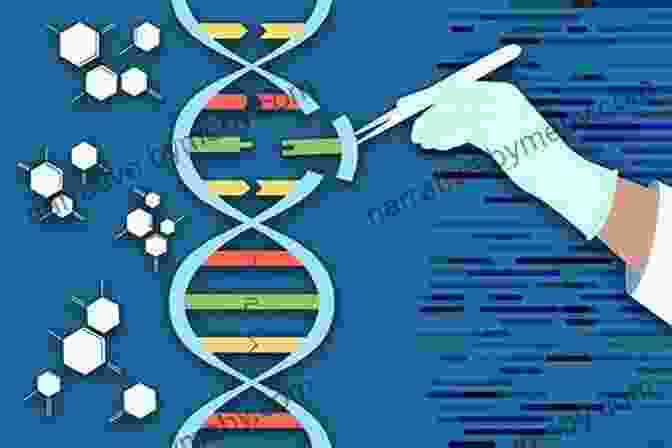
In the final chapter of his book, Johnson delves into the cutting-edge field of gene editing, a technology with the potential to transform medicine and human health. He introduces the pioneering scientists who are developing gene editing techniques such as CRISPR-Cas9, which enable researchers to modify the genetic makeup of living organisms with unprecedented precision. Gene editing holds the promise of curing diseases, enhancing human performance, and potentially shaping the future of our species. Johnson explores the ethical implications of this powerful technology, urging us to consider the responsible development and use of gene editing for the benefit of humanity.
: The Interconnected Web of Innovation
In "How We Got to Now," Steven Johnson weaves together the fascinating stories of these six innovations, demonstrating how they are part of a larger interconnected web of technological progress. He argues that innovation is not a linear process but rather a complex and often unpredictable interplay of ideas and events. By understanding the history of innovation, we gain insights into the potential pathways that lie ahead and the challenges and opportunities we may encounter along the way.
Johnson concludes his captivating narrative by emphasizing the importance of encouraging a culture of innovation and fostering a society that values creativity, collaboration, and risk-taking. By embracing the spirit of innovation, we can continue to build upon the legacy of those who have come before us and shape a future filled with transformative technologies that address the pressing challenges and enhance the human experience.
4.6 out of 5
| Language | : | English |
| File size | : | 45013 KB |
| Text-to-Speech | : | Enabled |
| Screen Reader | : | Supported |
| Enhanced typesetting | : | Enabled |
| Word Wise | : | Enabled |
| Print length | : | 302 pages |
Do you want to contribute by writing guest posts on this blog?
Please contact us and send us a resume of previous articles that you have written.
 Book
Book Novel
Novel Page
Page Chapter
Chapter Text
Text Story
Story Genre
Genre Reader
Reader Library
Library Paperback
Paperback E-book
E-book Magazine
Magazine Newspaper
Newspaper Paragraph
Paragraph Sentence
Sentence Bookmark
Bookmark Shelf
Shelf Glossary
Glossary Bibliography
Bibliography Foreword
Foreword Preface
Preface Synopsis
Synopsis Annotation
Annotation Footnote
Footnote Manuscript
Manuscript Scroll
Scroll Codex
Codex Tome
Tome Bestseller
Bestseller Classics
Classics Library card
Library card Narrative
Narrative Biography
Biography Autobiography
Autobiography Memoir
Memoir Reference
Reference Encyclopedia
Encyclopedia Beatrice Kobras
Beatrice Kobras Barbara Newton
Barbara Newton Ruben Ygua
Ruben Ygua Michael Chaskalson
Michael Chaskalson Aubrey Sherman
Aubrey Sherman Barbara O Connor
Barbara O Connor Sara Manning Peskin
Sara Manning Peskin Beatrice Sonders
Beatrice Sonders Arthur Turrell
Arthur Turrell Sahl Syed
Sahl Syed B B Thatcher
B B Thatcher Sue Patterson
Sue Patterson Ashleynicole
Ashleynicole Ken Nakatani
Ken Nakatani B Matthew
B Matthew Barbara Leonie Picard
Barbara Leonie Picard Barry Robinson
Barry Robinson Erik Hollnagel
Erik Hollnagel Danielle Martin
Danielle Martin Clark Worswick
Clark Worswick
Light bulbAdvertise smarter! Our strategic ad space ensures maximum exposure. Reserve your spot today!

 Ted SimmonsIgniting a Conversation: Recognizing the Hidden Venom of White Animus Toward...
Ted SimmonsIgniting a Conversation: Recognizing the Hidden Venom of White Animus Toward... Reginald CoxFollow ·6k
Reginald CoxFollow ·6k Charles DickensFollow ·3.5k
Charles DickensFollow ·3.5k Jimmy ButlerFollow ·19.6k
Jimmy ButlerFollow ·19.6k Jesse BellFollow ·12k
Jesse BellFollow ·12k Randy HayesFollow ·17.8k
Randy HayesFollow ·17.8k E.E. CummingsFollow ·4k
E.E. CummingsFollow ·4k Ernesto SabatoFollow ·14.6k
Ernesto SabatoFollow ·14.6k Eli BlairFollow ·14.9k
Eli BlairFollow ·14.9k

 Ian McEwan
Ian McEwanWhy Didn't Anyone Say Anything? Uncovering the Hidden...
By [Author's...

 William Wordsworth
William WordsworthArthurian Legendarians: Faithless One - Part One – A...
In the realm of legendary tales, the...

 Corey Hayes
Corey HayesSSAT ISEE Prep Test: Arithmetic Review Flash Cards Cram...
Are you preparing for the SSAT or ISEE exam?...

 Robert Louis Stevenson
Robert Louis StevensonUnveiling the Essential Guide to Compliance: BCBS 239...
In the ever-evolving...

 Javier Bell
Javier BellJust Peachy: A Tale of Sweetness and Sassiness
Immerse yourself in a...

 Brent Foster
Brent FosterStep-by-Step Instruction Manual to Building a Real Estate...
Are you eager to embark on the...
4.6 out of 5
| Language | : | English |
| File size | : | 45013 KB |
| Text-to-Speech | : | Enabled |
| Screen Reader | : | Supported |
| Enhanced typesetting | : | Enabled |
| Word Wise | : | Enabled |
| Print length | : | 302 pages |



